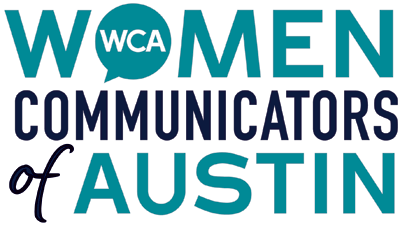Got your own career conundrum you’d like advice on?
Then sign up for the WCA peer mentoring program. It’s free to members!
It’s all about peers who care helping their fellow WCA members.
How To Make the Switch to Freelance
Compiled and edited by Julie Tereshchuk
Dear Mentors,
What’s the best way to make the switch from employment to self-employed/freelance: do some work on the side and ‘ease in,’ or take the leap and go all-in?
Yours,
Soon To Switch
Dear Soon To Switch,
I’m firmly in the “take some work on the side” camp. I took work on the side for four years before quitting my full-time job. Before I decided to quit, I was actually billing 30+ hours per week outside my job; the risk-averse part of me felt like I could make the jump at that point. I wouldn’t say everyone needs to reach that target – it largely depends upon how risk averse you are, how big of a financial cushion you have built up and how miserable you may be in your current job. Easing in also helps you invest in equipment, systems, branding, etc. while you still have a regular income. It’s also good to not to have to learn about taxes, billing, insurance, pricing and more all at once.
Dear Soon To Switch,
My recommendation is to moonlight with work on the side and save as much funds for a rainy day as you can. This will provide context for the type of work you enjoy and excel at without the pressure of accepting everything that comes your way.
Dear Soon To Switch,
Definitely ease into it. There’s a lot to learn during your first year of freelancing, and by starting slowly you’re able to learn from your mistakes and be a better freelancer because of it. I started my business 18 months after freelancing and working part-time, and I’m glad that I did because I needed to learn a lot about time management, client management, and create processes that worked for me.
Dear Soon To Switch,
If you have the choice, I recommend easing in. Not only can you test the water for potential clients, but you can figure out if you have the fortitude for the administrative work necessary to support a freelance life.
Invoicing, marketing yourself, keeping up with taxes, tracking expenses and other “business” functions are necessary evils for the successful freelancer. Learning a little as you roll out a side hustle may be a lot more manageable than taking the all-in leap.
Dear Soon To Switch,
While you are still employed full-time do your research to identify potential clients. If you are able to, take on a few freelance projects on the side. I would not recommend walking away from a paycheck without doing plenty of research about the market you plan to work in to get a good idea of how much work is available and the going rate (and much more — but that’s an answer for a another question). Establishing relationships with one or two steady clients before you quit your job will help make the switch to freelancing much easier.
Dear Soon To Switch,
Whether the decision to go freelance/independent came about intentionally or whether by perhaps losing a job, it becomes either imperative or an interesting opportunity to change tracks. I do think that the motivation for doing so needs to be positive if one is going to be successful. If one chooses to go solo because of a loss of confidence in one’s ability to find another job, that’s not likely to generate a lot of business, at least in the short term. I’ve seen so many people, myself included, flounder around trying to figure out what the business could look like and what it should it. The successful people are the ones who decide they are going to give it a real go. The first step should be to sit down and figure out what does that mean, where does one want to focus efforts based on one’s strengths, and then develop a simple business plan of goals, timeline and steps to be taken.
- Can I fire my client? - January 3, 2026
- How can I make time to work on new business development? - September 19, 2025
- How can I get the information I need out of a job interview? - August 14, 2025

